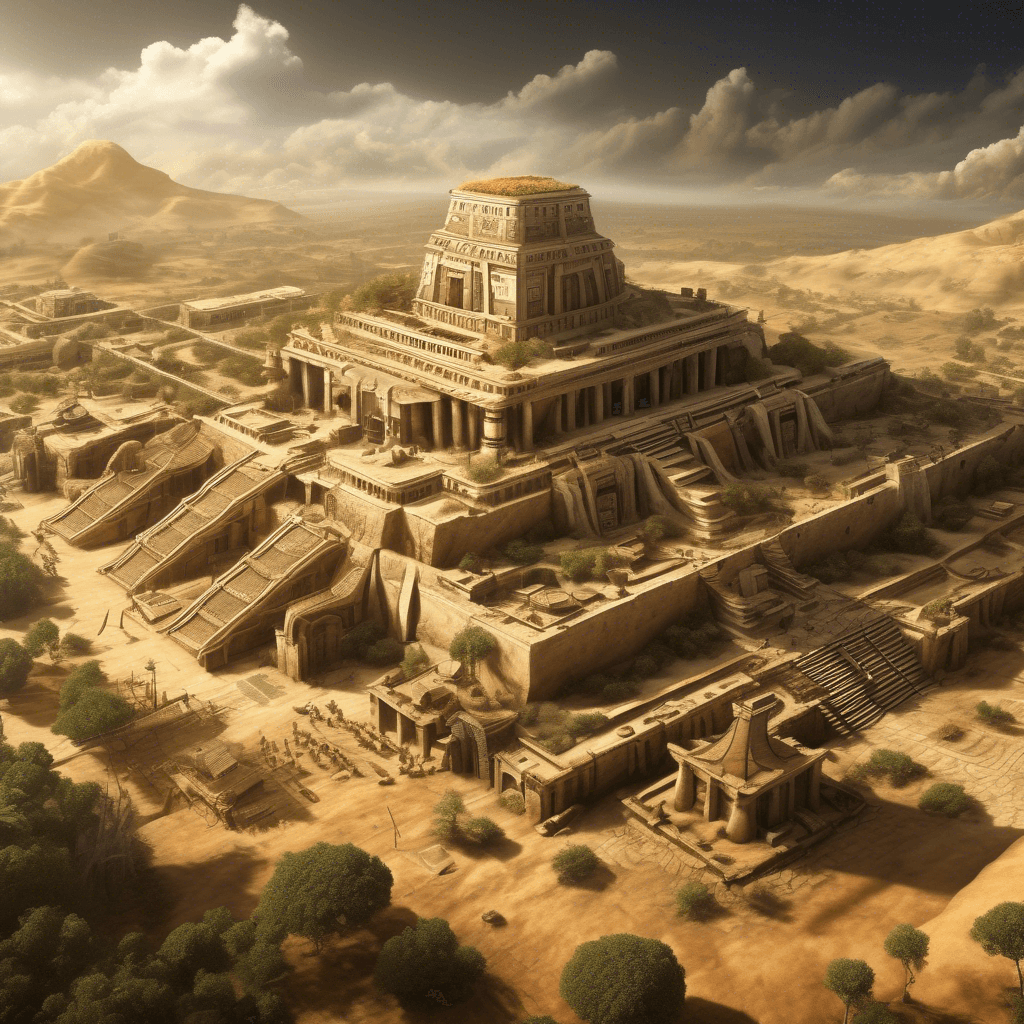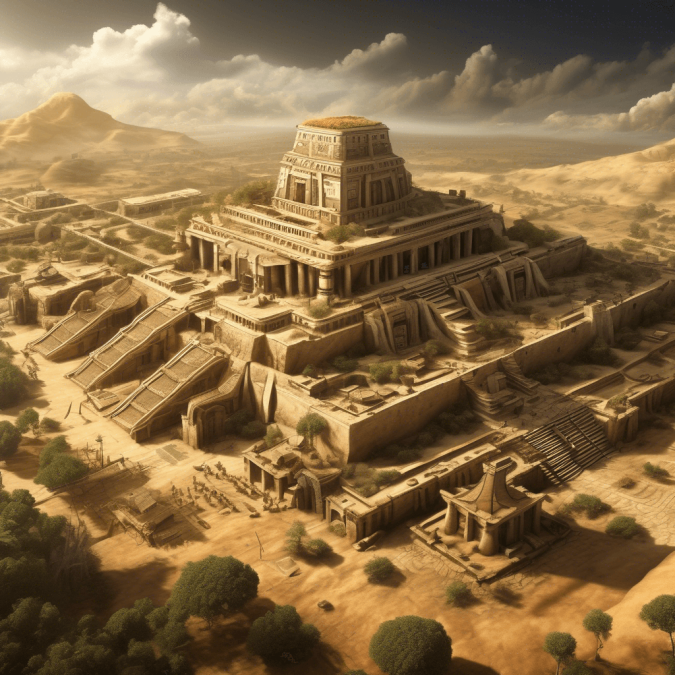
the Assyrian people, an ethnic group whose origins trace back to ancient Mesopotamia. They have a unique cultural and linguistic heritage with their own Assyrian language, distinct from the majority Arabic-speaking population in the region. The page covers various aspects of Assyrian history, including their ancient empire, subsequent conquests by other empires, and their dispersion throughout the centuries. It also highlights the challenges faced by Assyrians, such as persecution and displacement, particularly during the 20th century. The article also discusses different Assyrian communities worldwide, including their religious affiliations, with the majority being Christians. Overall, it offers a comprehensive overview of the Assyrian people, their rich history, and their enduring cultural identity.
throughout their history, the Assyrians had various rulers, kings, and leaders who governed their empire and communities. Some well-known historical Assyrian leaders include Ashurnasirpal II, Tiglath-Pileser III, and Sennacherib, who were kings of the Neo-Assyrian Empire. In modern times, there are Assyrian political and religious leaders who represent Assyrian communities in different parts of the world, but there is no single universally recognized leader for all Assyrians.
The Assyrians are an indigenous people of the ancient region of Mesopotamia, which encompassed parts of present-day Iraq, Syria, Turkey, and Iran. The heartland of the ancient Assyrian Empire was located in northern Mesopotamia, with major cities such as Ashur (the original capital), Nineveh, and Nimrud.
Over the centuries, Assyrians have been dispersed and have established communities in various regions around the world due to wars, persecution, and forced migrations. Today, significant Assyrian communities exist in countries such as Iraq, Syria, Turkey, Iran, Lebanon, and various Western countries, including the United States, Canada, Australia, and countries in Europe.
The Assyrian people have a strong connection to their ancestral lands, and efforts are ongoing to preserve their cultural heritage and maintain ties to their historical homeland in Mesopotamia. The Wikipedia page provides more detailed information about the Assyrian people’s historical and contemporary relationship with the land.
Some of the major cities linked to the Assyrian people include:
1. Ashur: The original capital of the ancient Assyrian Empire, located in present-day Iraq. Ashur was a key city in the development of the Assyrian civilization.
2. Nineveh: Another important ancient city in the Assyrian heartland, located near present-day Mosul in Iraq. Nineveh was the capital of the Neo-Assyrian Empire and is known for its impressive archaeological remains.
3. Nimrud (ancient Kalhu): An ancient Assyrian city that served as a royal residence and administrative center. Nimrud is famous for its archaeological site, which includes the remains of palaces, temples, and sculptures.
4. Arbela (modern Erbil): While not originally an Assyrian city, Arbela became an important cultural and political center for the Assyrians in later periods.
These cities played significant roles in the history and development of the Assyrian people and their civilization. The Wikipedia page offers further details on the cultural, historical, and archaeological significance of these cities in relation to the Assyrian people.
The Assyrians were known for their advanced agricultural practices, trade networks, and economic prosperity. They developed sophisticated irrigation systems to support farming in the fertile lands of Mesopotamia, including the cultivation of wheat, barley, and other crops.
Trade was also a crucial aspect of the Assyrian economy, with the empire serving as a hub for international commerce due to its strategic location between major civilizations. The Assyrians engaged in trade with neighboring regions, exchanging goods such as textiles, metals, and luxury items.
Additionally, the Assyrians were skilled craftsmen and artisans, producing intricate pottery, metalwork, and sculptures. They were known for their architectural achievements, including the construction of grand palaces and temples adorned with elaborate reliefs and statues.
In modern times, Assyrian communities around the world have diverse economic activities, depending on the countries in which they reside. Many Assyrians are involved in professions such as business, healthcare, education, and entrepreneurship.
historical accounts and archaeological evidence suggest that the Assyrians were known for their powerful and organized military forces. The Assyrian army played a crucial role in the expansion and maintenance of the empire, as well as in defending it against external threats.
The Assyrian military was one of the most formidable forces in the ancient Near East, characterized by its discipline, tactics, and advanced weaponry. The Assyrians developed innovative military strategies, such as siege warfare techniques and the effective use of cavalry, chariots, and archers in battles. They were also known for their brutal tactics and ruthless reputation in warfare, which helped them establish dominance over neighboring regions.
The Assyrian army was organized and equipped with sophisticated military technology for its time, including iron weapons, armor, and siege engines. The empire maintained a standing army and a system of conscription to ensure military readiness and territorial control.
For a more detailed exploration of the military history of the Assyrian people and their army, additional historical sources and scholarly works focusing on Assyrian military campaigns, tactics, and equipment would provide further insights beyond what is covered on the Wikipedia page.
Given their rich cultural heritage and interactions with other ancient civilizations in the region, the Assyrians may have developed philosophical ideas related to religion, ethics, governance, and the nature of existence. The Assyrian religion, with its pantheon of gods and beliefs in the afterlife, would have influenced their philosophical outlook on the universe and human existence.
Additionally, the Assyrians’ administrative and legal systems, as well as their artistic and literary achievements, may provide insights into their philosophical perspectives on topics such as justice, morality, aesthetics, and the purpose of life.
While specific philosophical texts or treatises from the Assyrian civilization may not be as well-documented or preserved as those from other ancient cultures like the Greeks or Romans, further research into Assyrian archaeological findings, inscriptions, and historical records could shed more light on the philosophical ideas and intellectual discourse of the Assyrian people.
The majority of Assyrians are followers of the Assyrian Church of the East, which is one of the oldest Christian churches in the world. The Assyrian Church of the East traces its roots back to the early Christian communities in Mesopotamia and has a distinct theological and liturgical tradition.
In addition to the Assyrian Church of the East, there are also Assyrians who belong to other Christian denominations, such as the Chaldean Catholic Church and the Syriac Orthodox Church. Christianity has been a significant religious influence among Assyrians for centuries, shaping their cultural identity and community life.
Historically, prior to the spread of Christianity, the ancient Assyrians practiced a polytheistic religion with a pantheon of deities, including gods and goddesses associated with various aspects of nature and human life. The Assyrian religion included rituals, sacrifices, and temple worship.
the challenges faced by Assyrians in preserving their religious and cultural heritage, particularly in the context of political instability, conflicts, and persecution in the regions where they reside. The Assyrian people have worked to maintain their religious traditions and identities despite historic and contemporary pressures.
The Assyrians were known for their impressive building projects, including the construction of grand palaces, temples, fortifications, and other structures that showcased their advanced architectural skills and engineering prowess.
Some key architectural and engineering features associated with the Assyrians include:
1. Palaces: The Assyrians built magnificent palaces in their major cities, such as Nineveh and Nimrud. These palaces were adorned with intricate stone reliefs, sculptures, and decorative elements that depicted scenes of royal life, military conquests, and religious ceremonies.
2. Fortifications: The Assyrians constructed fortified city walls, gates, and defensive structures to protect their cities from external threats. The walls of cities like Nineveh were massive and well-engineered, demonstrating the Assyrians’ expertise in defensive architecture.
3. Irrigation systems: The Assyrians developed sophisticated irrigation techniques to support agriculture in the fertile lands of Mesopotamia. They built canals, aqueducts, and reservoirs to ensure the efficient distribution of water for farming and urban use.
4. Temples: Assyrian temples were important religious and cultural centers, often featuring monumental architecture and elaborate decorations. The temples were dedicated to various deities worshipped by the Assyrians.
The engineering achievements of the Assyrians, particularly in city planning, construction, and infrastructure development, contributed to the prosperity and power of the ancient Assyrian Empire. Their architectural legacy continues to be studied and admired by scholars and archaeologists interested in ancient Near Eastern civilizations.
